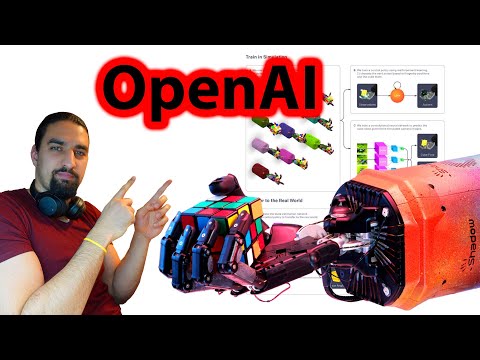Description:
Explore OpenAI's groundbreaking research on solving the Rubik's Cube with a robotic hand in this comprehensive 55-minute video explanation. Delve into the intricacies of the system, from its physical components to the advanced machine learning techniques employed. Learn about Automatic Domain Randomization (ADR), the vision pipeline, and how the robot achieves perturbation robustness. Gain insights into the policy network architecture, behavioral cloning, and meta-learning aspects of this innovative project. Understand the challenges and solutions in training a robotic hand purely through simulation to manipulate real-world objects with precision.

OpenAI - Solving Rubik's Cube with a Robot Hand - RL Paper Explained
Add to list
#Computer Science
#Machine Learning
#Reinforcement Learning
#Artificial Intelligence
#Engineering
#Robotics
#Meta-Learning